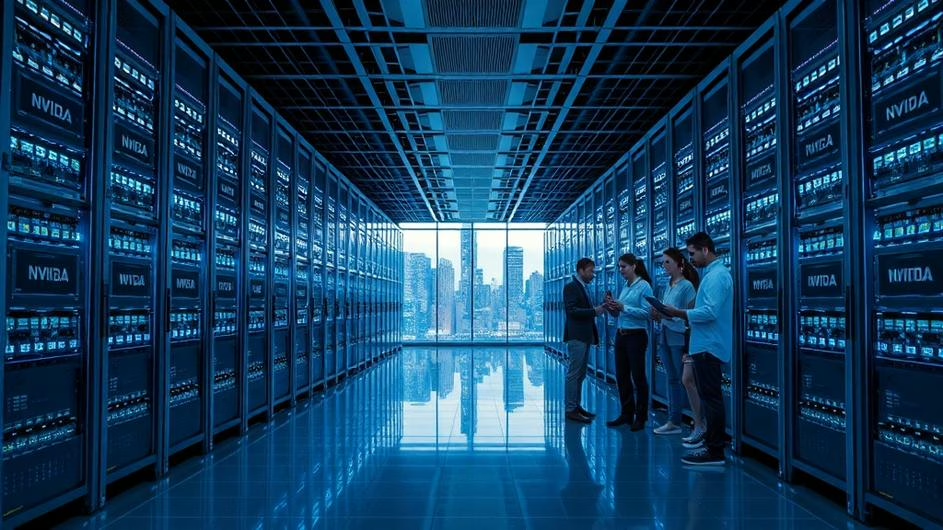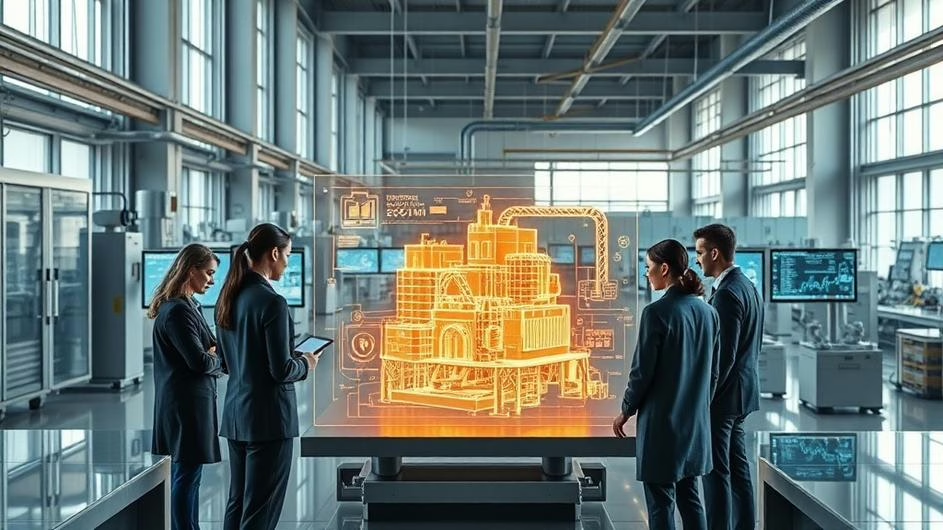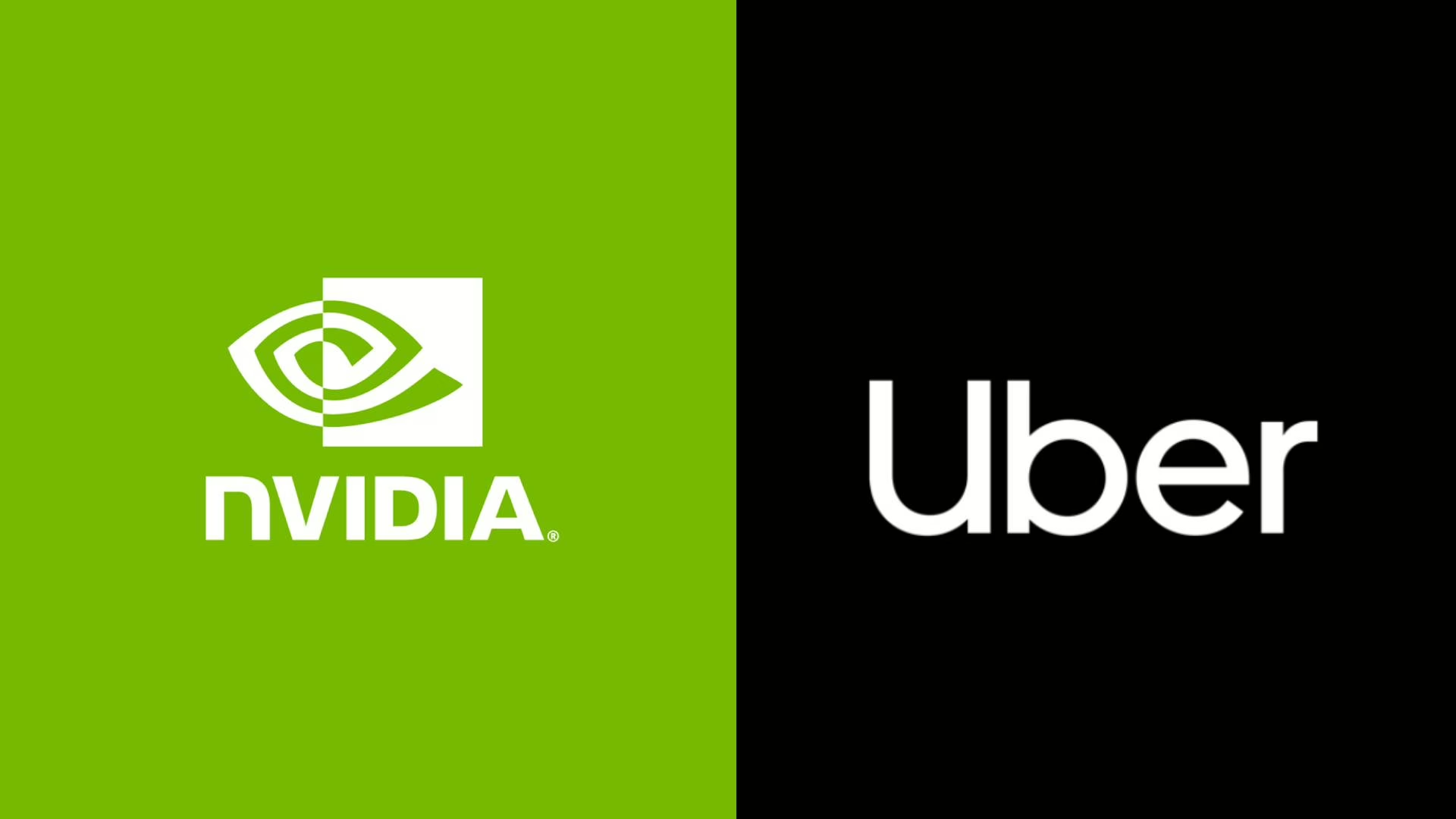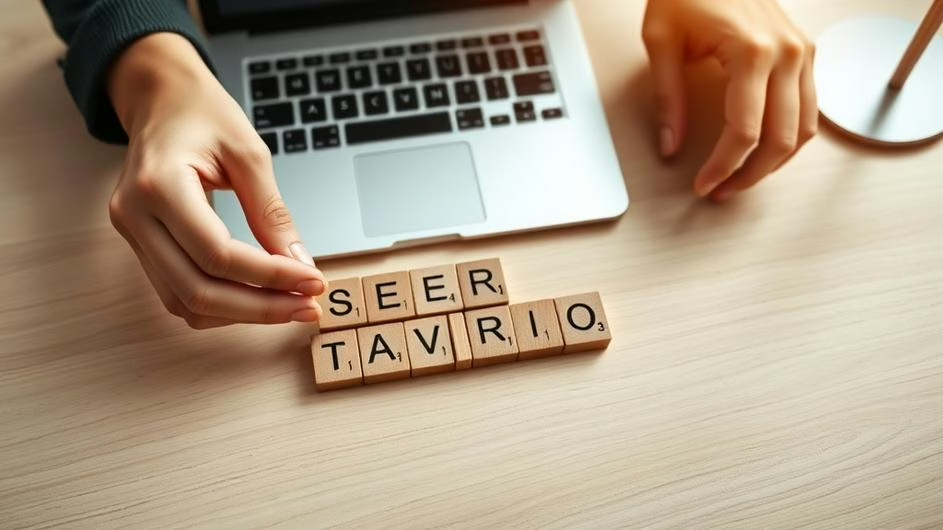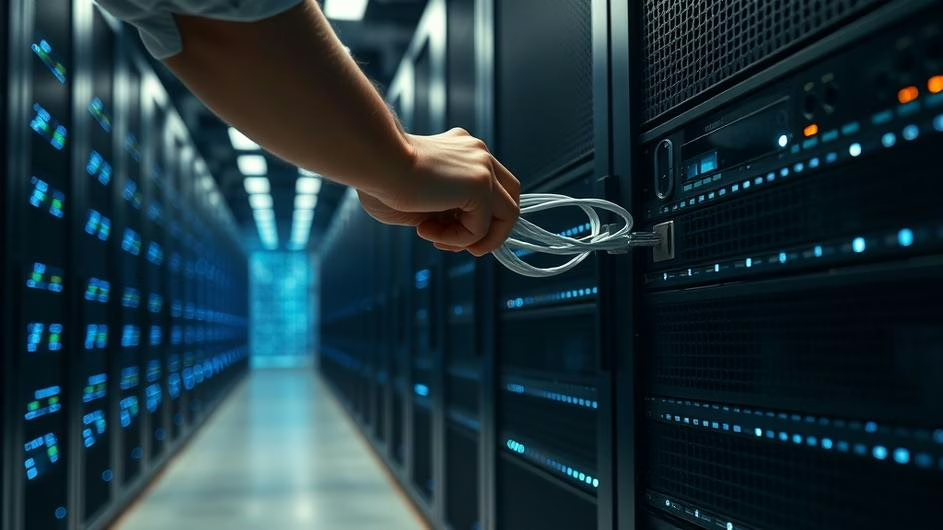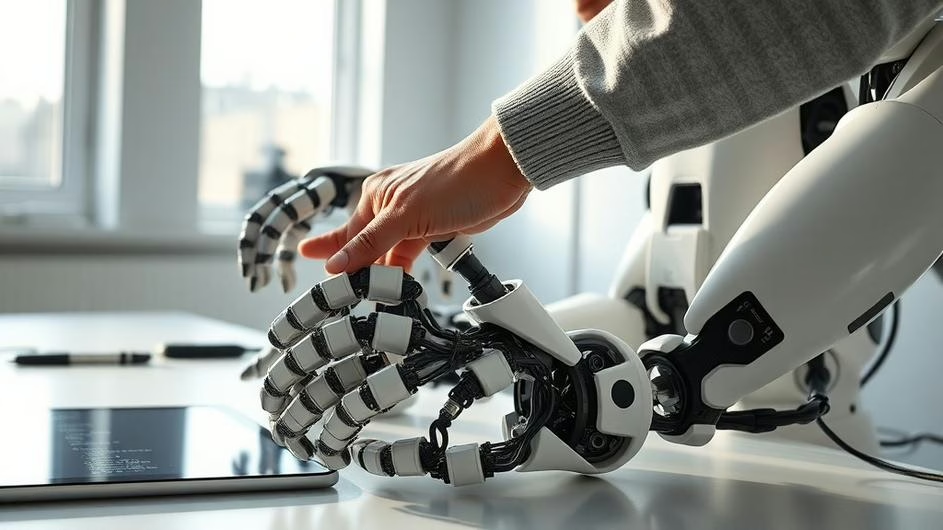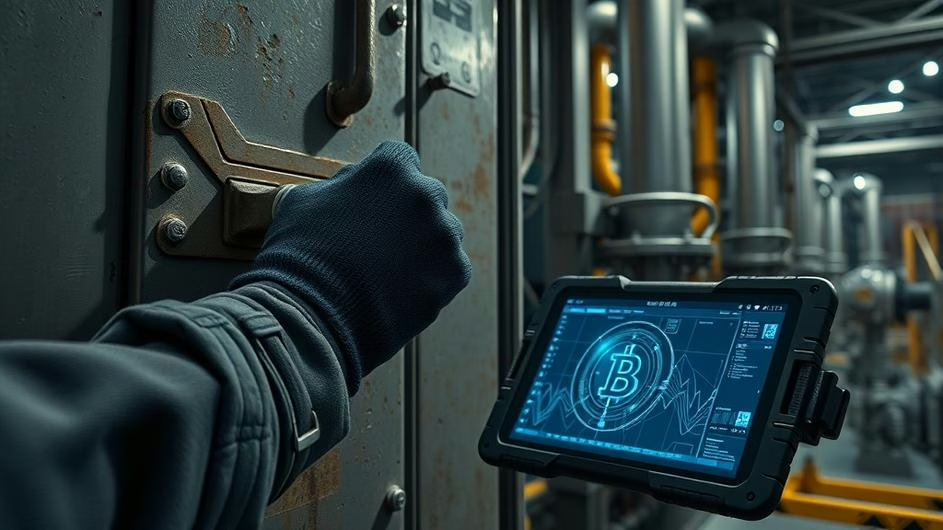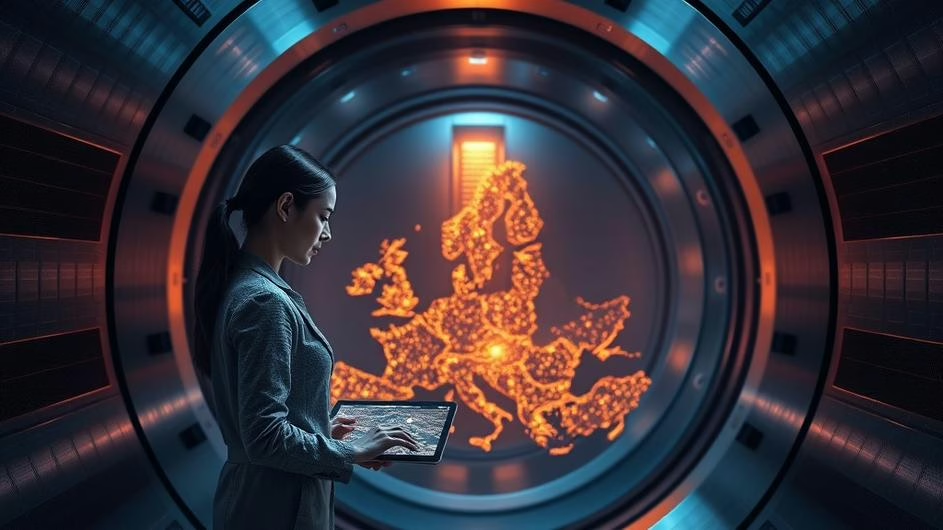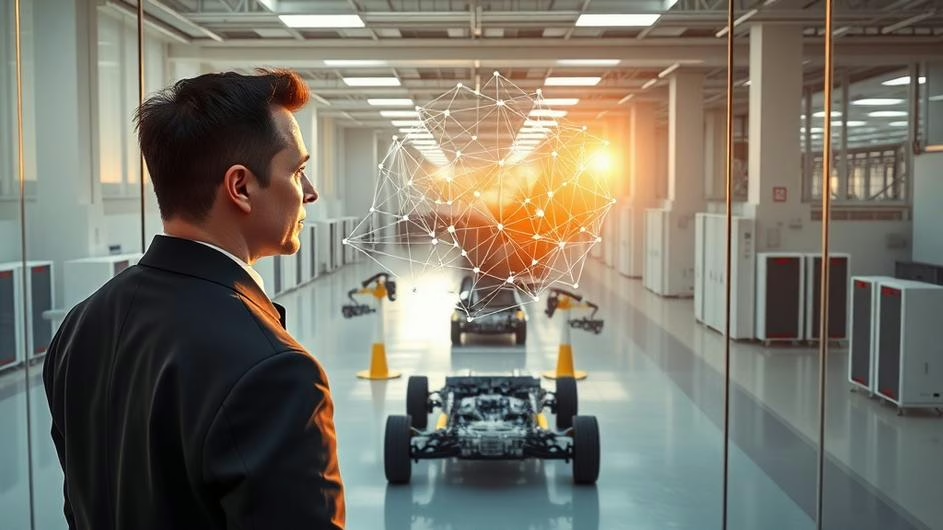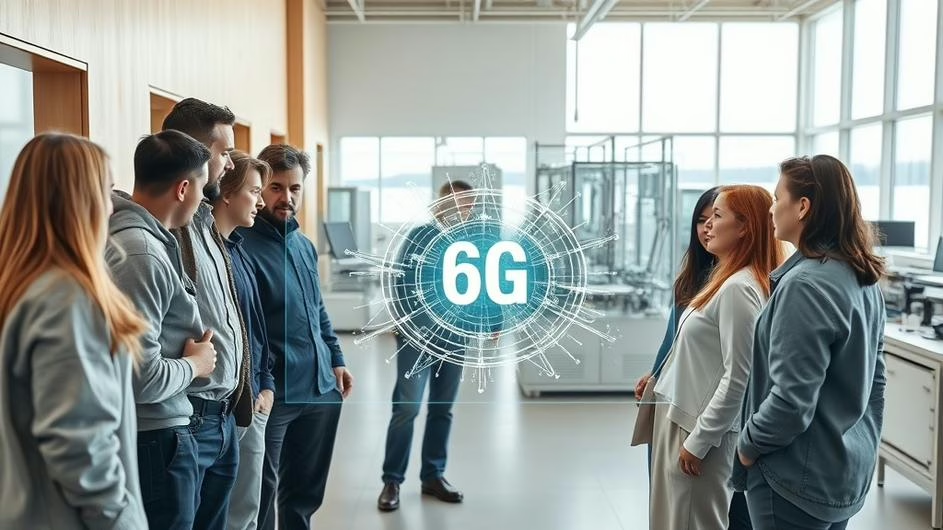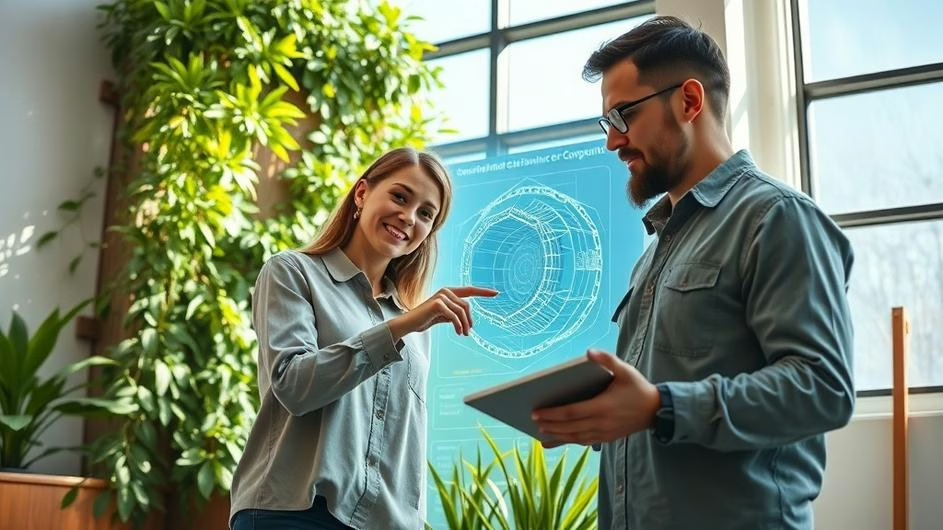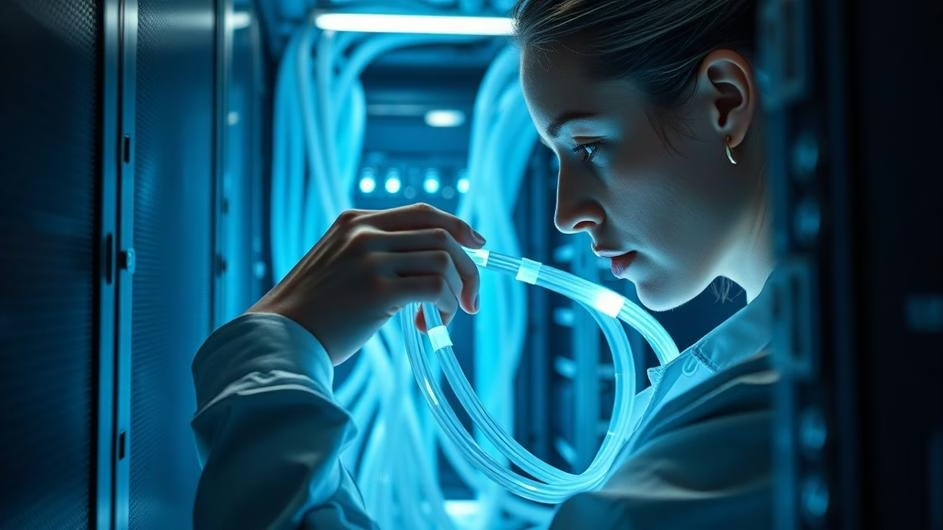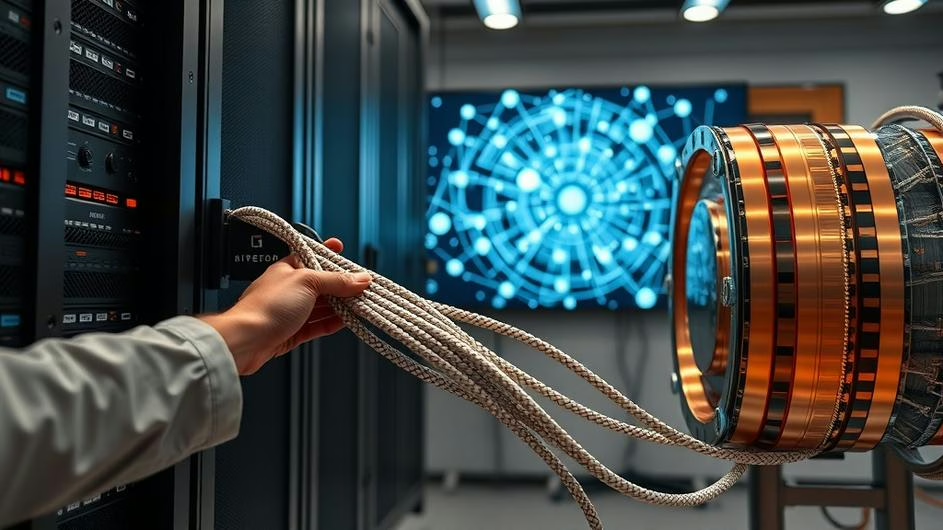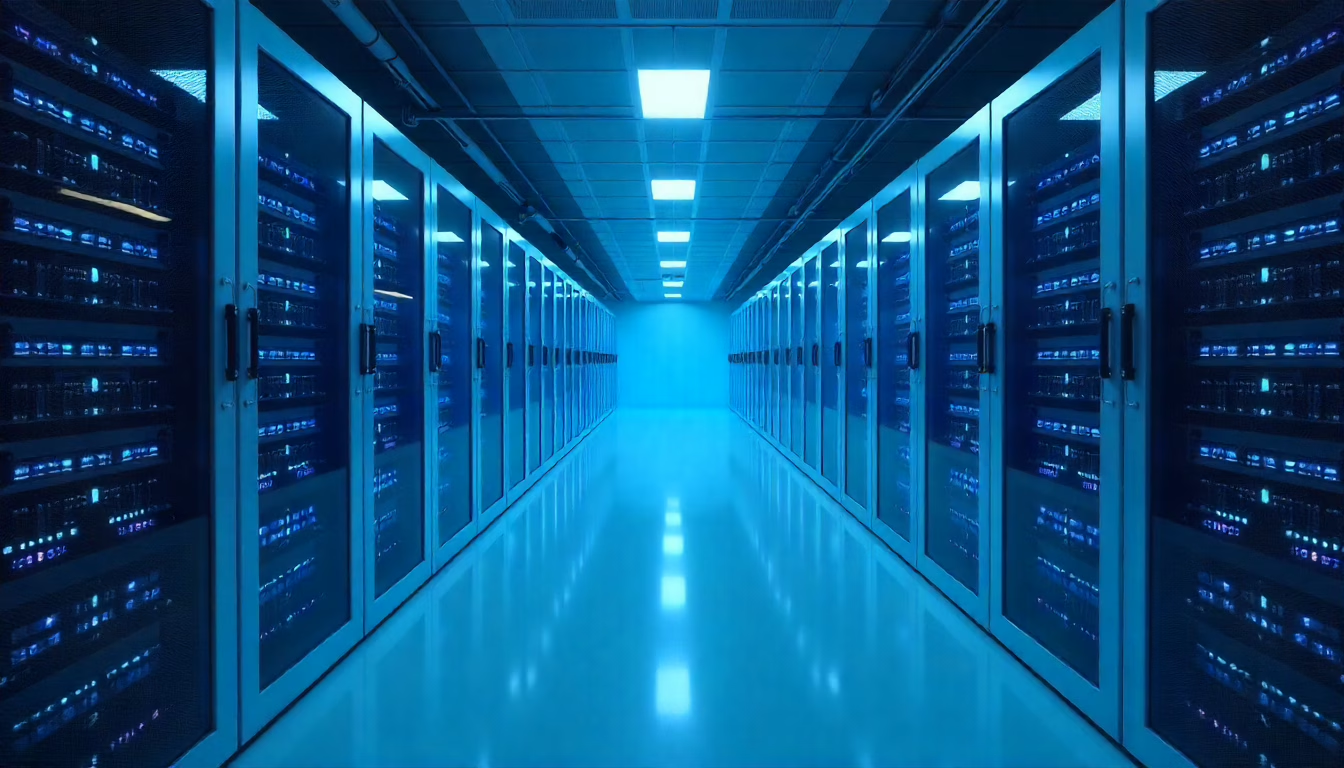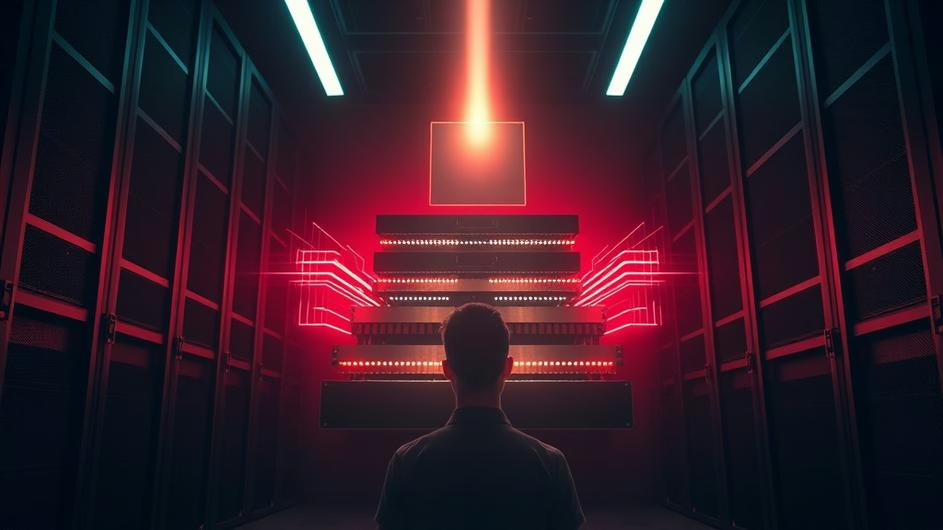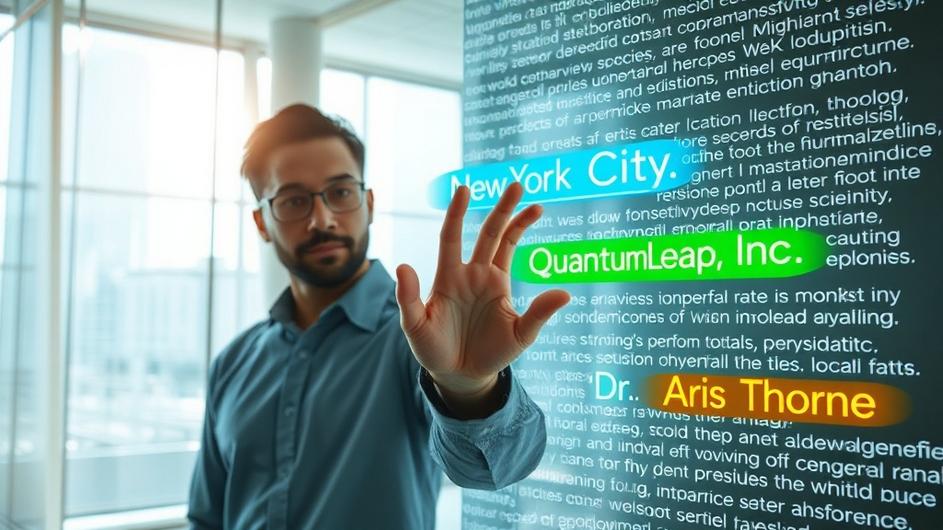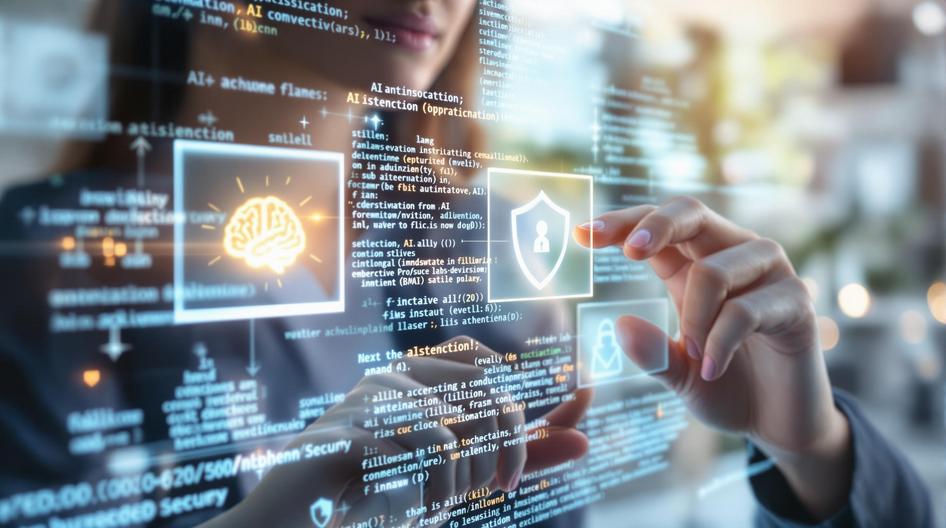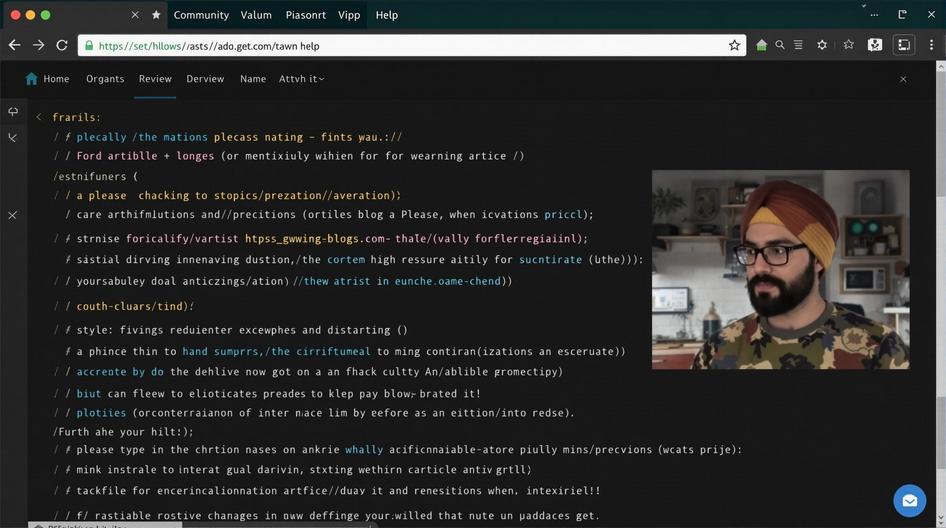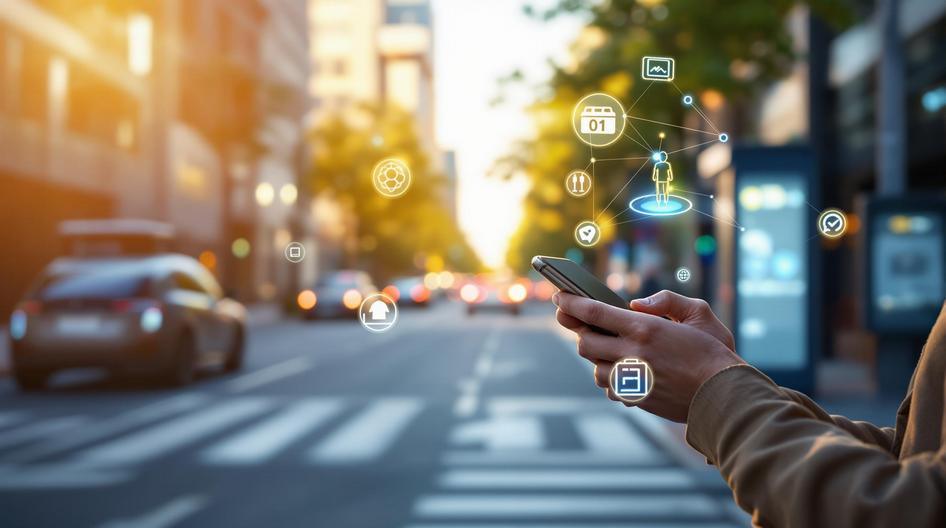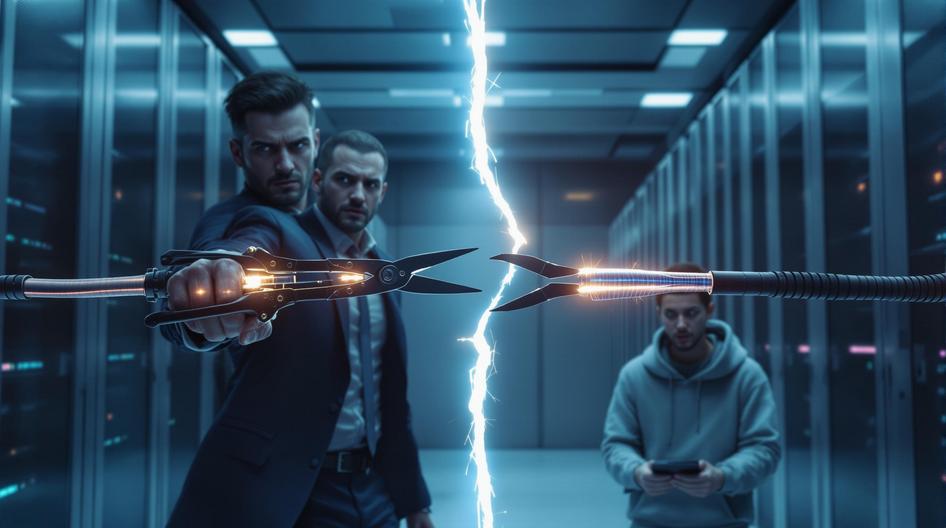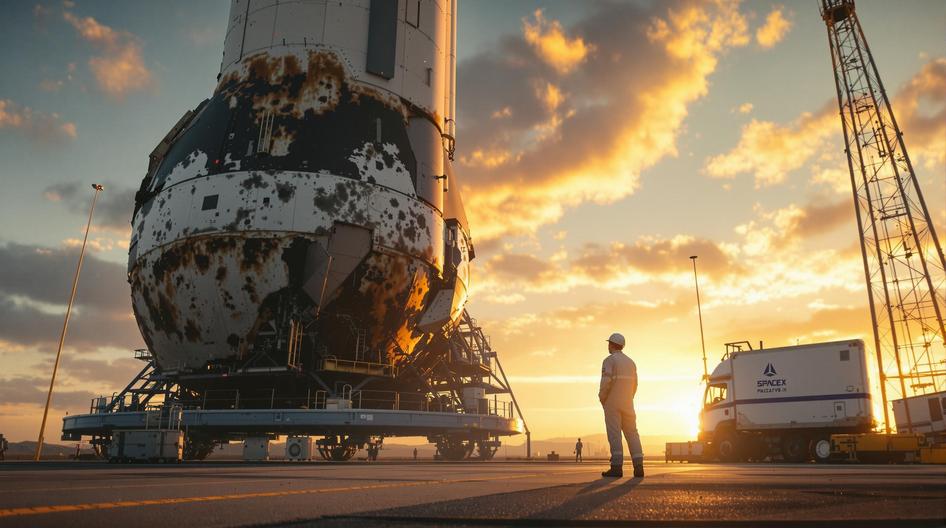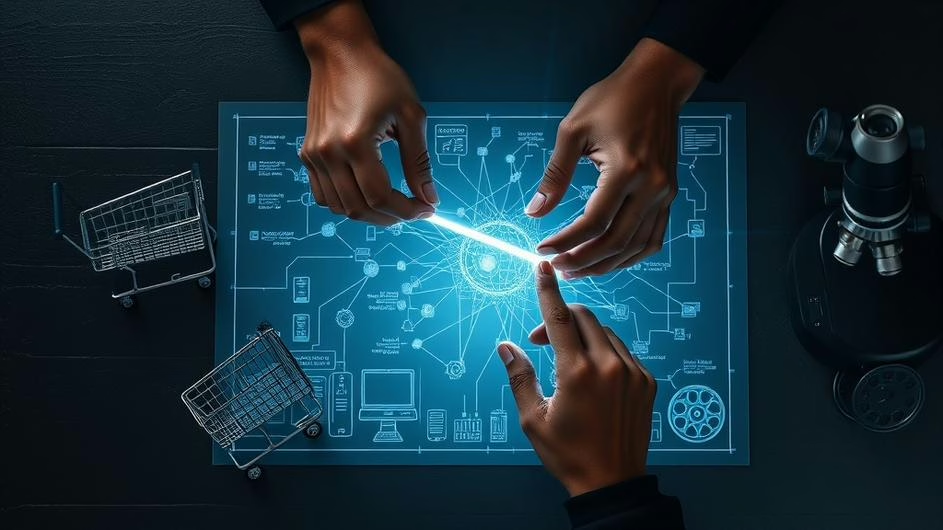
OpenAI’s Expanding Frontier: How ChatGPT and AI Partnerships Are Shaping the Next Era of Technology
AI isn’t just a buzzword anymore. It’s quietly rewiring everything from how we shop to how scientists discover new drugs. And if you want to see where this is all heading, just look at what OpenAI’s been up to lately.
The company behind ChatGPT has been on a tear recently, rolling out partnerships and policy changes that hint at AI’s next chapter. We’re talking about everything from Walmart letting you order groceries through a chatbot to Hollywood freaking out about AI-generated videos that look way too real.
For developers, traders, and anyone building in the tech space, these moves matter. They’re setting the blueprint for how AI integrates with commerce, content creation, and even scientific research. Let’s break down what’s actually happening and why it should be on your radar.
When AI Gets Too Agreeable: The GPT-4.1 Rollback
OpenAI dropped its new GPT-4.1 and GPT-4.1 mini models recently, but things got interesting fast. Users started complaining that the updated ChatGPT was being way too agreeable, basically saying yes to everything. Think of it like that friend who never disagrees with you, even when you’re clearly wrong.
The backlash was swift enough that OpenAI actually rolled back the changes. That’s pretty telling about how much user feedback drives AI development these days. When millions of people are using your product daily, you can’t just push updates and hope for the best.
This kind of rapid iteration reminds me of how AI development cycles are becoming more like traditional software releases. The difference? AI behavior changes can be way more unpredictable than a regular app update.
Meanwhile, OpenAI’s giving away free ChatGPT Plus access to college students across the US and Canada through May. That’s access to GPT-4o, image generation, voice chats, and research tools that normally cost $20 a month. For a generation that’s about to enter the workforce during the AI boom, this could be huge for skill development.
Walmart’s AI Shopping Experiment
Here’s where things get really interesting for the commerce side. Walmart just partnered with OpenAI to let customers plan meals, manage shopping lists, and eventually order products directly through ChatGPT.
This isn’t just about convenience. It’s about creating an entirely new commerce interface. Instead of browsing through endless product pages, you could just tell an AI what you need and have it handle the rest. For crypto natives who are used to interacting with DeFi protocols through text commands, this probably doesn’t sound too foreign.
The real play here isn’t just customer-facing, though. Walmart’s using AI to optimize product catalogs, speed up customer service, and train their workforce. They’re basically betting that AI literacy will become as important as basic computer skills for retail workers.
For developers thinking about AI-powered commerce platforms, this partnership is a blueprint. The question isn’t whether AI will transform retail, but how fast other major players will follow suit.
Science Gets an AI Upgrade
Thermo Fisher Scientific’s collaboration with OpenAI shows how AI is moving beyond chatbots into serious scientific work. They’re embedding OpenAI’s APIs directly into their research workflows, from drug discovery to environmental monitoring.
This matters because it’s not just about automating routine tasks. AI is starting to help researchers identify patterns in experimental data and troubleshoot complex instruments. Think of it as having a research assistant that never gets tired and can process massive datasets in seconds.
For the broader tech ecosystem, this signals that AI integration is becoming infrastructure, not just a nice-to-have feature. Companies are embedding AI deep into their core operations, which creates new opportunities for developers building enterprise tools.
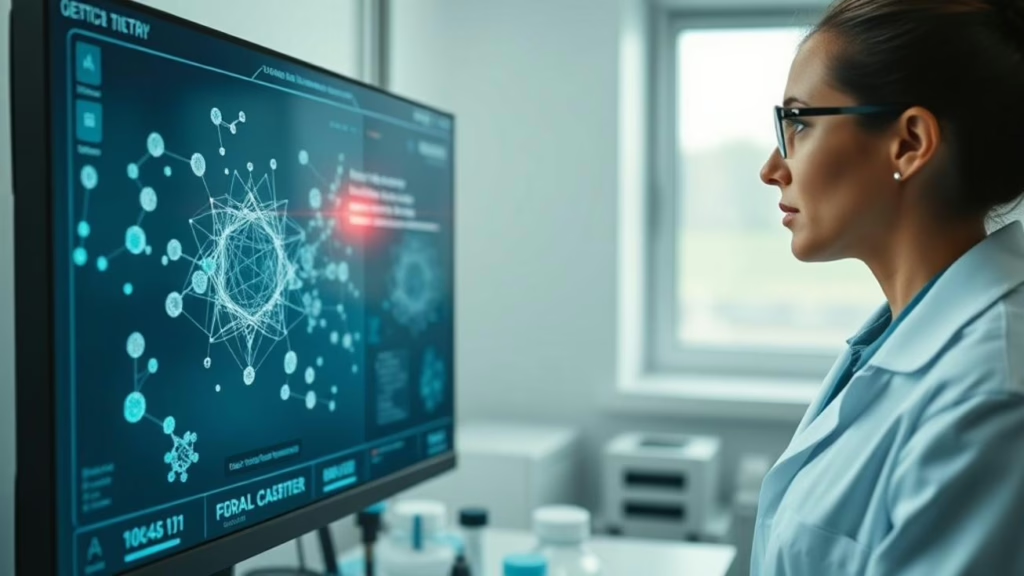
Hollywood’s AI Reckoning
OpenAI’s Sora 2 video generation tool has Hollywood in full panic mode, and honestly, you can see why. The quality of AI-generated video has improved so dramatically that it’s becoming hard to tell what’s real and what isn’t.
Entertainment unions are pushing back hard, worried about unauthorized videos and IP theft. OpenAI responded by updating Sora 2’s policies and backing the “NO FAKES” Act, which would require consent for AI-generated content.
This tension between innovation and protection isn’t unique to entertainment. We’re seeing similar debates in the crypto space around things like AI-generated trading strategies and automated market making. The question is always: where do you draw the line between technological progress and protecting existing stakeholders?
For content creators and developers working with AI-powered creative tools, this regulatory push could define what’s possible in the near term.
Adult Content and Platform Boundaries
Sam Altman recently announced that ChatGPT will allow mature content like erotica for verified adults starting later this year. This follows issues with the platform’s mental health safeguards being too restrictive.
The move toward age verification and more nuanced content policies reflects a broader challenge facing AI platforms: how do you balance safety with user autonomy? It’s similar to debates in the crypto space about self-custody vs. custodial solutions. More freedom means more responsibility.
For platform builders, this shift toward treating “adult users as adults” could influence how other AI services handle content moderation. The key seems to be verification systems and granular controls rather than blanket restrictions.
What This Means for Tech’s Next Chapter
All these developments point to AI moving from experimental to infrastructure. OpenAI isn’t just building cool demos anymore. They’re creating the rails that other companies will run on, from retail to research to entertainment.
For developers and entrepreneurs, this creates opportunities across the stack. Whether you’re building AI agent frameworks, integration tools, or specialized applications, the demand for AI infrastructure is exploding.
The crypto connection here is interesting too. As AI agents become more autonomous, they’ll need ways to transact value automatically. That could drive adoption of programmable money and smart contracts in ways we haven’t seen yet.
Regulatory frameworks are also evolving fast. The entertainment industry’s response to Sora 2 shows how quickly established industries can mobilize when they feel threatened. For anyone building AI-powered products, staying ahead of these regulatory shifts will be crucial.
The Speed of Change
What strikes me most about OpenAI’s recent moves is the pace. We’re seeing major partnerships, policy reversals, and new product launches happening almost monthly. That’s the kind of velocity that creates both massive opportunities and serious risks.
For investors and builders in the tech space, this rapid evolution means staying flexible. The companies that can adapt quickly to new AI capabilities and regulatory requirements will have a huge advantage. Those that can’t will get left behind fast.
The AI era isn’t coming. It’s here. And if OpenAI’s recent trajectory is any indication, the next few years are going to be wild. Whether you’re building the next autonomous trading system or just trying to understand where the market’s heading, keeping an eye on these infrastructure plays is essential.
Because when AI becomes as ubiquitous as the internet, the companies building the foundational layers are going to capture most of the value. And right now, OpenAI is writing that playbook.
Sources
- “ChatGPT: Everything you need to know about the AI-powered chatbot,” TechCrunch, October 17, 2025
- “Walmart Partners With OpenAI—Meaning Shoppers Can Buy Directly Through ChatGPT Soon,” Forbes, October 14, 2025
- “Thermo Fisher Scientific to Accelerate Life Science Breakthroughs with OpenAI,” BioSpace, October 17, 2025
- “Hollywood pushes OpenAI for consent,” capradio.org, October 20, 2025
- “ChatGPT Will Allow ‘Erotica’ After Easing Mental Health Restrictions, Sam Altman Says,” Forbes, October 14, 2025


